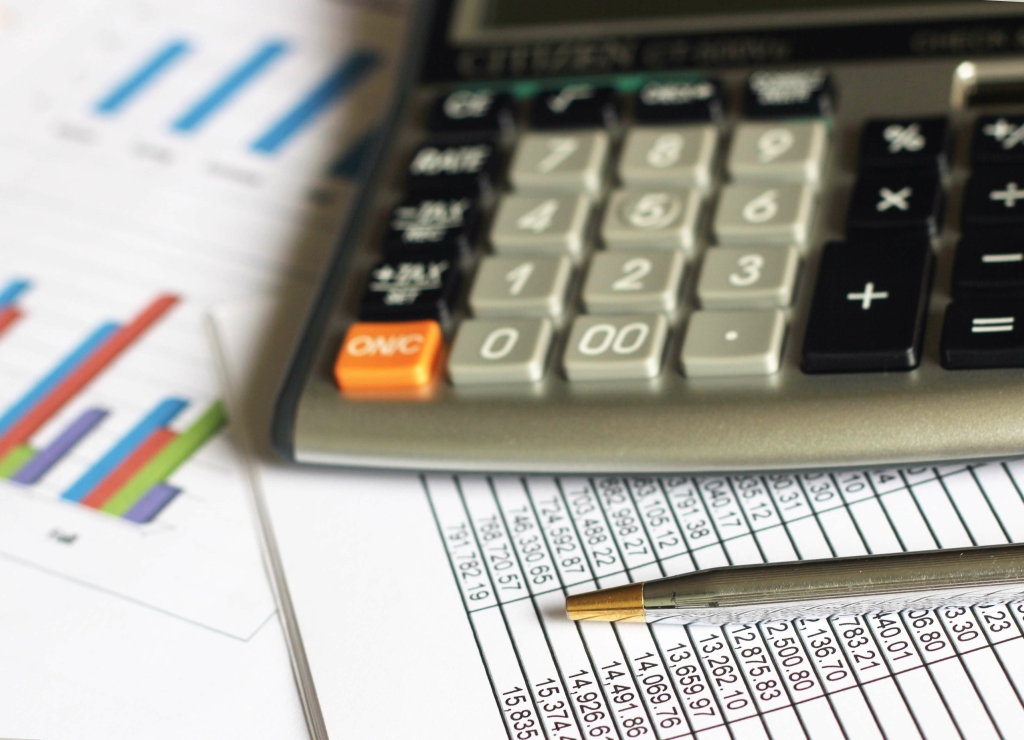
It is important to note that we apply the depreciation rate on the full cost rather than the depreciable cost (cost minus salvage value). Unlike the straight-line method, the double-declining method depreciates a higher portion of the asset’s cost in the early years and reduces the amount of expense charged in later years. For example, if an asset has a useful life of 10 years (i.e., Straight-line rate of 10%), the depreciation rate of 20% would be charged on its carrying value. To use the template above, all you need to do is modify the cells in blue, and Excel will automatically generate a depreciation schedule for you. If you need expert bookkeeping assistance, Bench can help you get your books in order while you focus on what’s important for your business. These cars are crucial for the business, but they also lose value quickly due to high mileage and wear and tear.

Double Declining Balance Method Example

The depreciation expense recorded under the double declining method is calculated by multiplying the accelerated rate, 36.0% by the beginning PP&E balance in each period. In summary, understanding double declining balance depreciation is crucial for making informed financial decisions. It’s a method that can provide significant benefits, especially for assets that depreciate quickly.
Company Overview
- By mastering these adjustments, I can better manage my assets and their depreciation, ensuring that my financial statements reflect the true value of my investments.
- He currently researches and teaches economic sociology and the social studies of finance at the Hebrew University in Jerusalem.
- This is to ensure that we do not depreciate an asset below the amount we can recover by selling it.
- However, the management teams of public companies tend to be short-term oriented due to the requirement to report quarterly earnings (10-Q) and uphold their company’s share price.
Eric Gerard Ruiz, a licensed CPA in the Philippines, specializes in financial accounting and reporting (IFRS), managerial accounting, and cost accounting. He has tested and review accounting software like QuickBooks and Xero, along with other small business tools. Eric also creates free accounting resources, including manuals, spreadsheet trackers, and templates, to support small business owners. Let’s assume that FitBuilders, a fictitious construction company, purchased a fixed asset worth $12,500 on Jan. 1, 2022. The company estimates that its useful life will be five years and its salvage value at the end of its useful life would be $1,250. Under the generally accepted accounting principles (GAAP) for public companies, expenses are recorded in the same period as the revenue that is earned as a result of those expenses.
Double Declining Balance Method (DDB)
Using the DDB method allows the company to write off a larger portion of the car’s cost in the first few years. This higher initial depreciation aligns with the rapid decrease in the car’s value and the heavy use in the early years. Suppose you purchase an unearned revenue asset for your business for $575,000 and you expect it to have a life of 10 years with a final salvage value of $5,000. You also want less than 200% of the straight-line depreciation (double-declining) at 150% or a factor of 1.5.
DDB Depreciation Formula
By dividing the $4 million depreciation expense by the purchase cost, the implied depreciation rate is 18.0% per year. After the first year, we apply the depreciation rate to the carrying value (cost minus accumulated depreciation) of the asset at the start of the period. The following section explains the step-by-step process for calculating the depreciation expense in the first year, mid-years, and the asset’s final year. Our AI-powered Anomaly Management Software helps accounting professionals identify and rectify potential ‘Errors and Omissions’ on a daily basis so https://www.bookstime.com/ that precious resources are not wasted during month close. It automates the feedback loop for improved anomaly detection and reduction of false positives over time.

Treasury Management Solutions
The MACRS method for short-lived assets double declining balance method uses the double declining balance method but shifts to the straight line (S/L) method once S/L depreciation is higher than DDB depreciation for the remaining life. Aside from DDB, sum-of-the-years digits and MACRS are other examples of accelerated depreciation methods. They also report higher depreciation in earlier years and lower depreciation in later years. FitBuilders estimates that the residual or salvage value at the end of the fixed asset’s life is $1,250. Since we already have an ending book value, let’s squeeze in the 2026 depreciation expense by deducting $1,250 from $1,620.
- One way of accelerating the depreciation expense is the double decline depreciation method.
- Of course, the pace at which the depreciation expense is recognized under accelerated depreciation methods declines over time.
- Since public companies are incentivized to increase shareholder value (and thus, their share price), it is often in their best interests to recognize depreciation more gradually using the straight-line method.
- Like in the first year calculation, we will use a time factor for the number of months the asset was in use but multiply it by its carrying value at the start of the period instead of its cost.
- Per guidance from management, the PP&E will have a useful life of 5 years and a salvage value of $4 million.
- The Double Declining Balance Method (DDB) is a form of accelerated depreciation in which the annual depreciation expense is greater during the earlier stages of the fixed asset’s useful life.
To illustrate the double declining balance method in action, let’s use the example of a car leased by a company for its sales team. This will help demonstrate how this method works with a tangible asset that rapidly depreciates. Certain fixed assets are most useful during their initial years and then wane in productivity over time, so the asset’s utility is consumed at a more rapid rate during the earlier phases of its useful life. In this article, we will break down the Double Declining Balance Depreciation method.
The double declining balance method of depreciation reports higher depreciation charges in earlier years than in later years. The higher depreciation in earlier years matches the fixed asset’s ability to perform at optimum efficiency, while lower depreciation in later years matches higher maintenance costs. It’s ideal to have accounting software that can calculate depreciation automatically. Choosing the right depreciation method is essential for accurate financial reporting and strategic tax planning. The double declining balance method offers faster depreciation, suitable for assets that lose value quickly, while the straight line method spreads costs evenly over the asset’s useful life.

This is unlike the straight-line depreciation method, which spreads the cost evenly over the life of an asset. The double declining balance method accelerates depreciation charges instead of allocating it evenly throughout the asset’s useful life. Proponents of this method argue that fixed assets have optimum functionality when they are brand new and a higher depreciation charge makes sense to match the fixed assets’ efficiency.

Skriv et svar